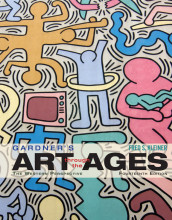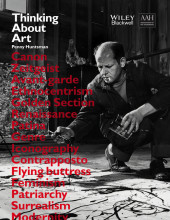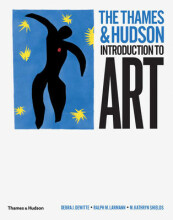The Gothic Revival - France and Great Britain
18 important questions on The Gothic Revival - France and Great Britain
Who came up with the theory of polychromy?
What was the polychromy debate?
What was special about Henry Labrouste's Bibliothèque St. Genevieve?
- Higher grades + faster learning
- Never study anything twice
- 100% sure, 100% understanding
What did Viollet-le-Duc want to do?
What was Paxton's architectural innovation?
What happened in France in 1844?
- Napoleon II was crowned
- A French Industrial Fair was held, followed by many others all throughout Europe.
What was characteristic for Victorian architecture?
Which new building types came up due to the Industrial Revolution?
- Town halls
- Coffee shops
- Museums
- Banks
- Hotels
- Railway Stations
- Hospitals
Why was Pugin so important to the Gothic Revival in England?
Give an example of a building of the Gothic Revival?
Why did Gothicism have such a strong position in Great Britain?
What did Pugin believe about Gothicism?
What are John Ruskin's Seven Lamps of Architecture?
Of which styles consisted Britain's 19th century Eclecticism?
Who was Richard Shaw and what was his country style?
Which style did Richard Shaw invent for urban settings?
Which buildings came along with factories during the Industrial Revolution?
Who was an architect of the Gothic Revival in the Netherlands and why was he criticized?
The question on the page originate from the summary of the following study material:
- A unique study and practice tool
- Never study anything twice again
- Get the grades you hope for
- 100% sure, 100% understanding































